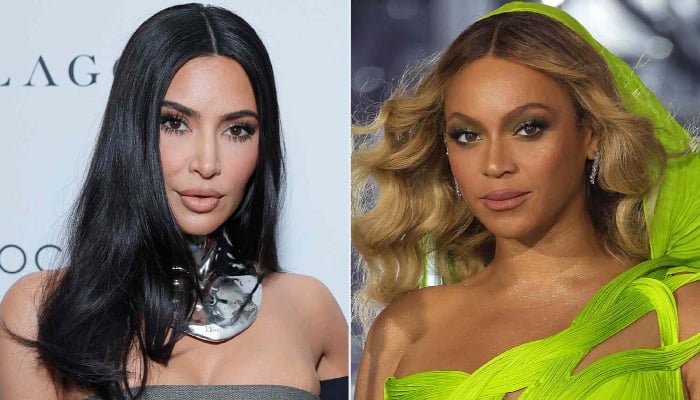Taylor Swift’s eras: What she was trying to say with each album’s style
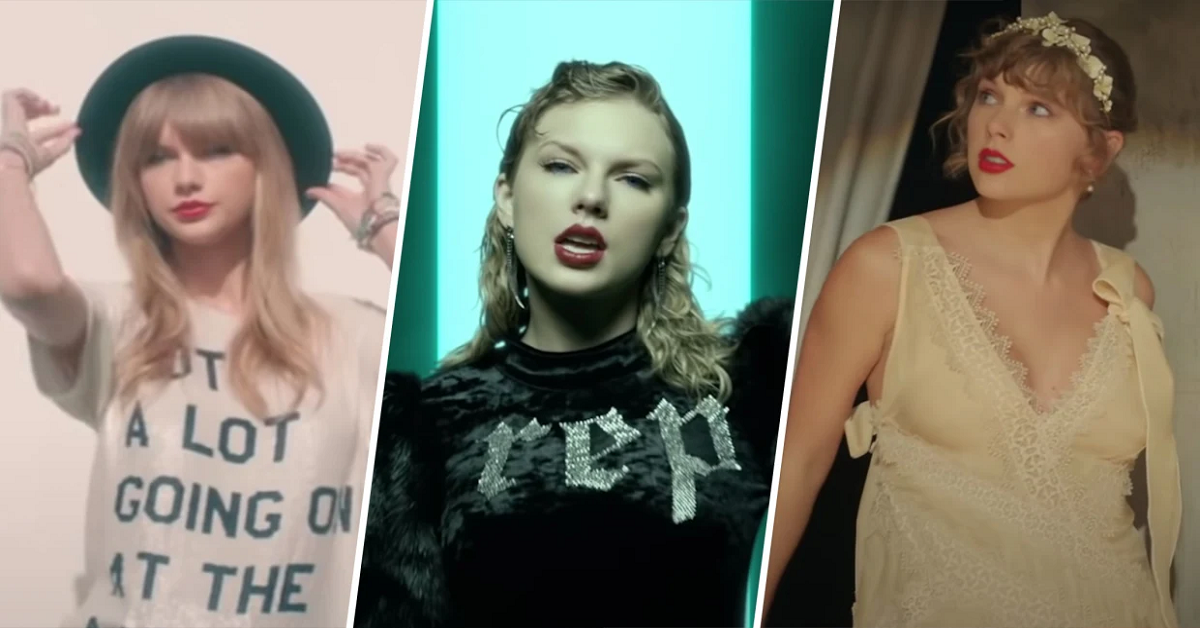
Each album tells a story — beyond the lyrics.
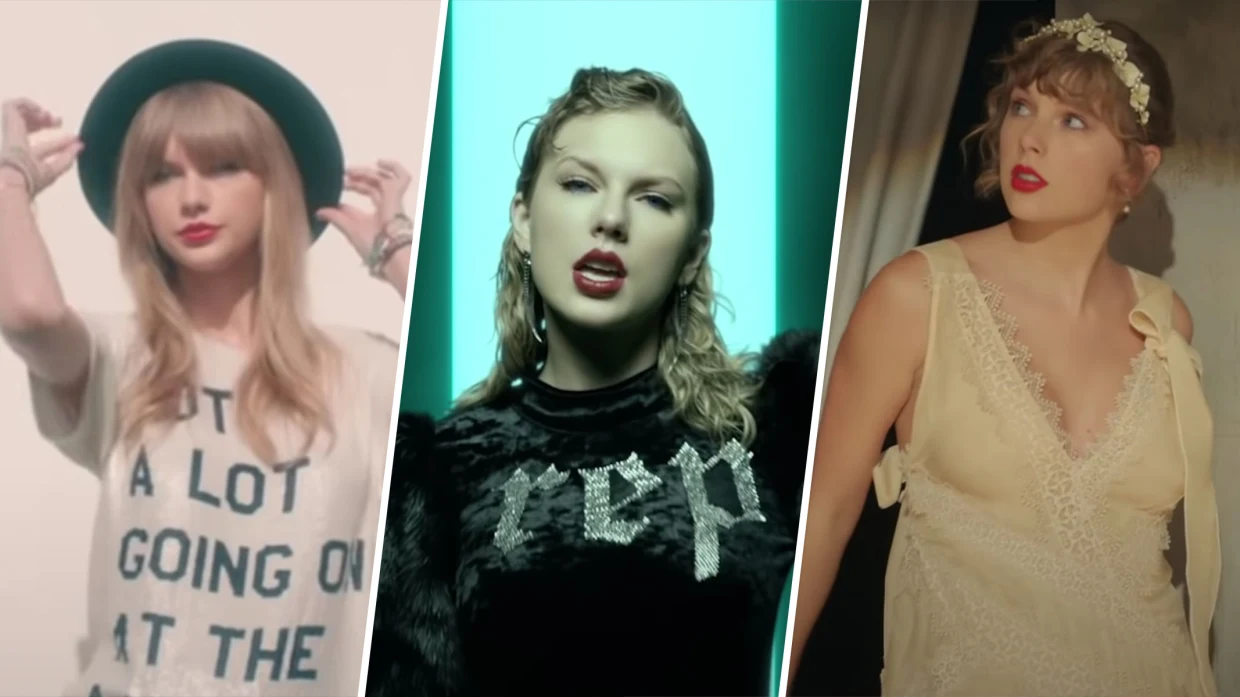
When Taylor Swift drops new music, fans know to look out for everything around the songs. The outfits, the fonts, the music videos and more also tell a story — the story of that album’s aesthetic. So with every album, comes an era.
Swifties know that their monarch tends to embed “clues” everywhere, from song lyrics to liner notes. Nothing, it seems, is an accident. Her aesthetic choices only help to emphasize just how deliberate she is in her framing of an album as a “story,” or a moment.
For example, Swift surprised fans with her slinky, fierce atтιтude on “Reputation” in 2017, conveyed through lyrics and imagery (specifically, snake imagery). The subsequent album “Lover,” out in 2019, explored a more romantic side of Swift, in which ʙuттerflies, rainbows and happiness reigned supreme.
While Swift doesn’t often address her personal life, she said she embeds references into the lyrics. So “Reputation,” the 2017 album written following her public feud with Kim Kardashian and then-husband Ye (the artist formerly known as Kanye West), would have a different vibe than “Lover,” thought to be an ode to her relationship with boyfriend Joe Alwyn.
Swift’s aesthetic shifts are stark enough than fans can identify themselves in tandem with her various looks — or even to have parties where everyone comes dressed as their favorite Taylor Swift era.
Think of each album as having a personality. If you hear someone say, “I’m in my ‘Reputation’ era right now,” for example … run — they’re probably secretly plotting revenge on you and your entire bloodline.
Ahead of the impending release of “Midnights” on Oct. 21, we’re taking a trip down memory lane to explore and remember all of Taylor Swift’s most memorable eras and what each aesthetic contributed to its corresponding album(s).
‘Midnights’ (2022)
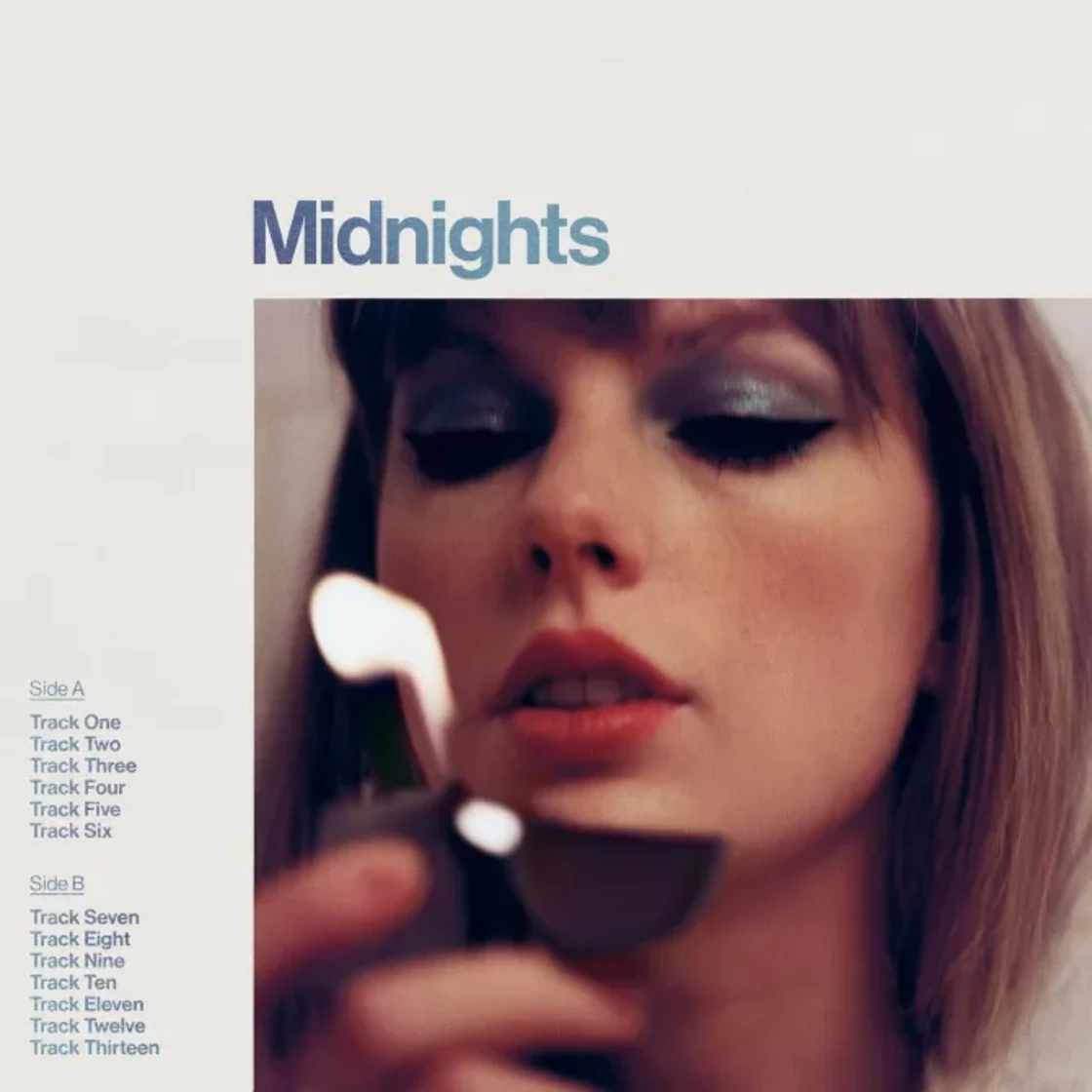
Swift’s 10th studio album, “Midnights,” is shaping up to be another example of a vibe shift for Swift.
From what we’ve seen so far, it appears as though “Midnights” will be a blast to the past, with a Stevie Nicks-esque energy — and track names like “Bejeweled” and “Lavender Haze” certainly emphasize that charming ’70s vibe.
There’s ample evidence of a retro-inspired aesthetic. In social media content to promoting the album, Swift is often wearing mod patterns before a backdrop with color-blocked wallpaper and velvet furniture reminiscent of the ’70s.
Lyrically, the songs are poised to explore one of her favorite themes: late nights, whether sleepless from anxiety or from adventure. She said the new track “Anti-Hero” would be about her insecurities.
Plus, there will be three special edition covers for the vinyl albums. Target will also release an exclusive lavender edition of the vinyl album. From the vinyl covers, fans can see that there’s definitely a retro element to the aesthetic of this album.
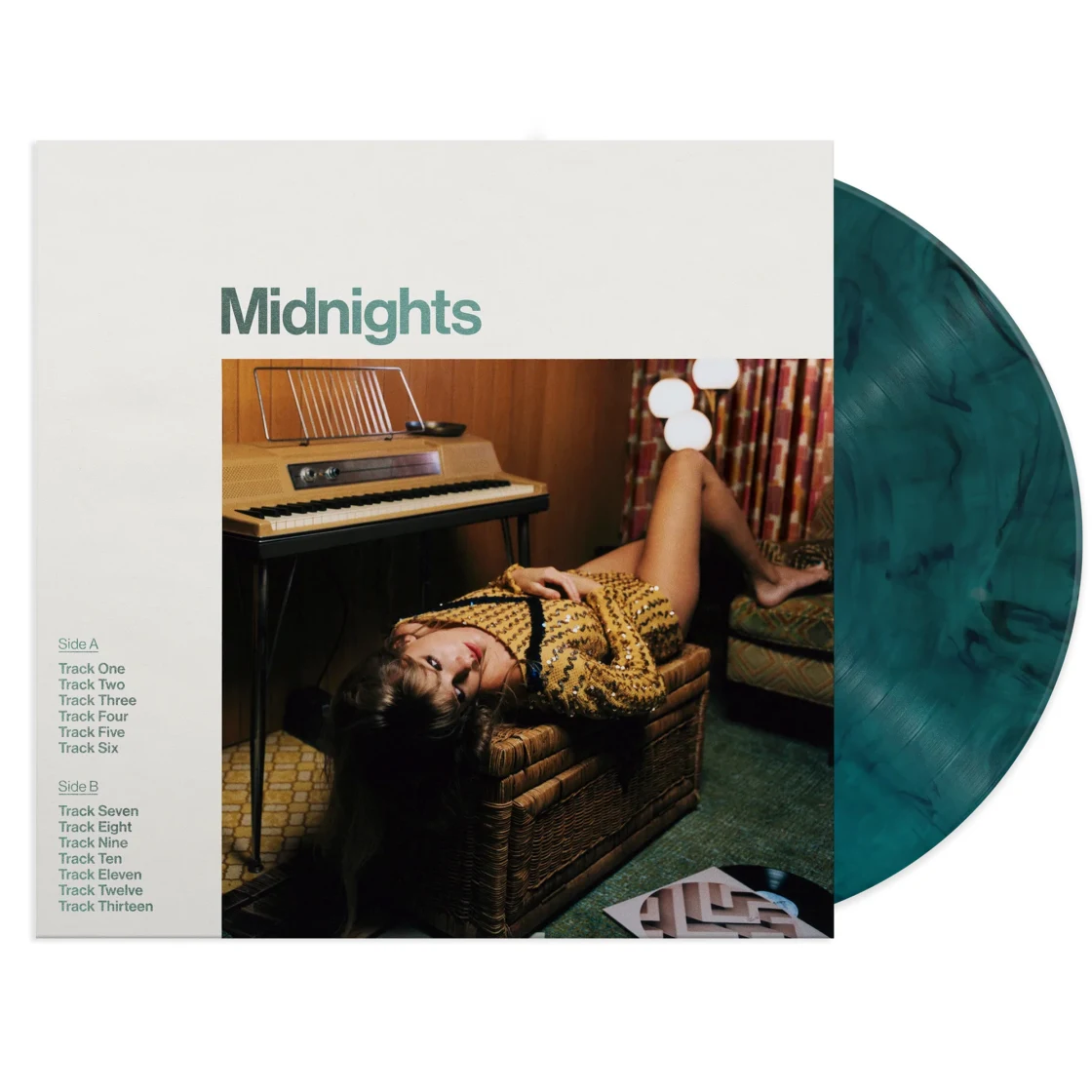
‘folklore’ and ‘evermore’ (2020)
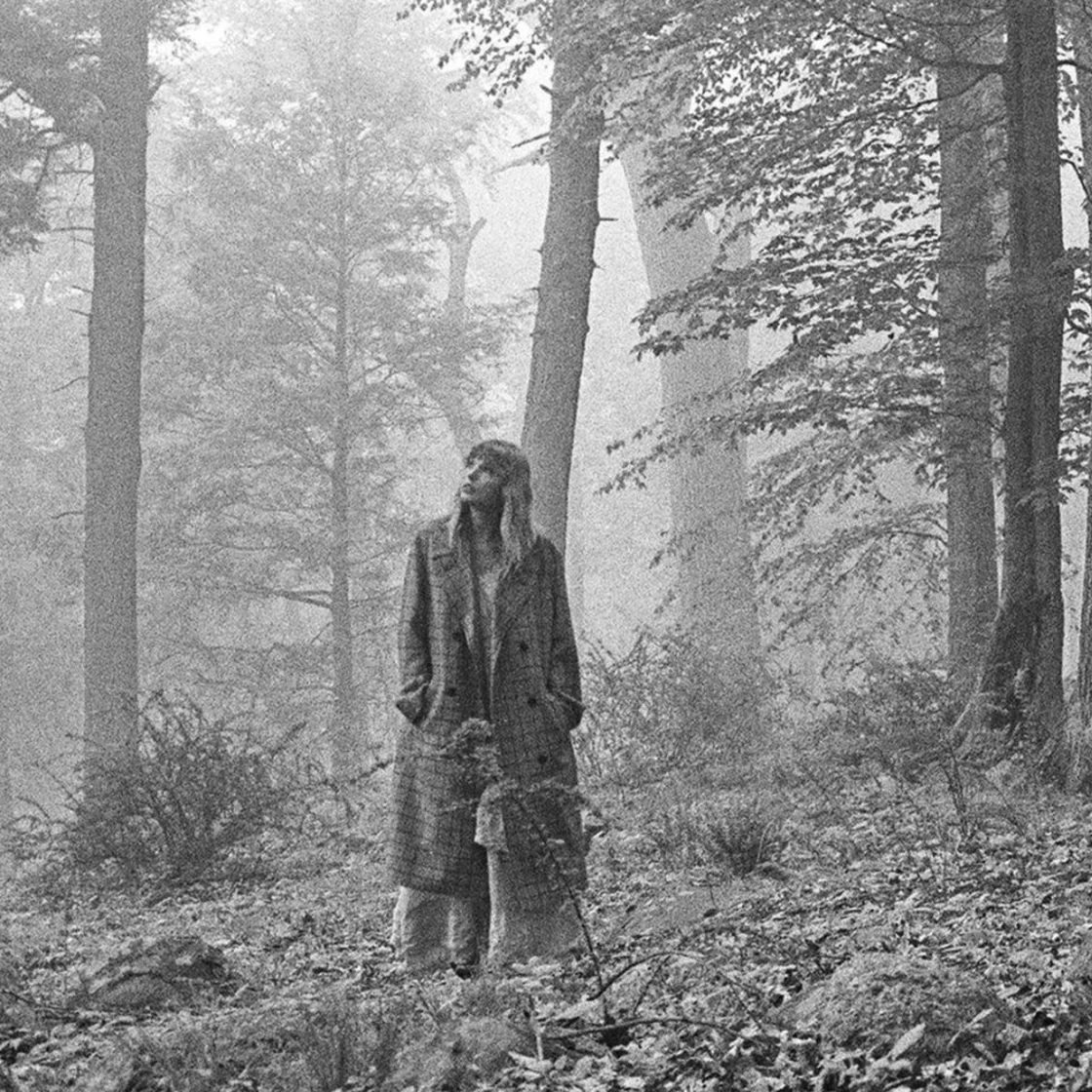
“Folklore” and “evermore” were released five months apart in 2020, both surprise drops. Some fans theorized a third album, “woodvale,” was on the way — but Swift said the album artwork containing the word “woodvale” was a “mistake” while on “Jimmy Kimmel Live!”
Written during the lockdown phase of the pandemic, the albums have a similar aesthetic. Both “folklore” and “evermore” exude a woodsy kind of vibe — one that might make you wish you were a fairy living in a little mushroom house.
During this era, we saw Swift wearing an abundance of cozy sweaters, long, stylish coats, lots of velvet … and basically anything that screamed “cottagecore.”
Fans often try to re-create this era by styling their hair in Swift’s iconic braid displayed on the cover of “evermore” or wearing a flannel (bonus points if you’re gallivanting through the woods).
‘Lover’ (2019)
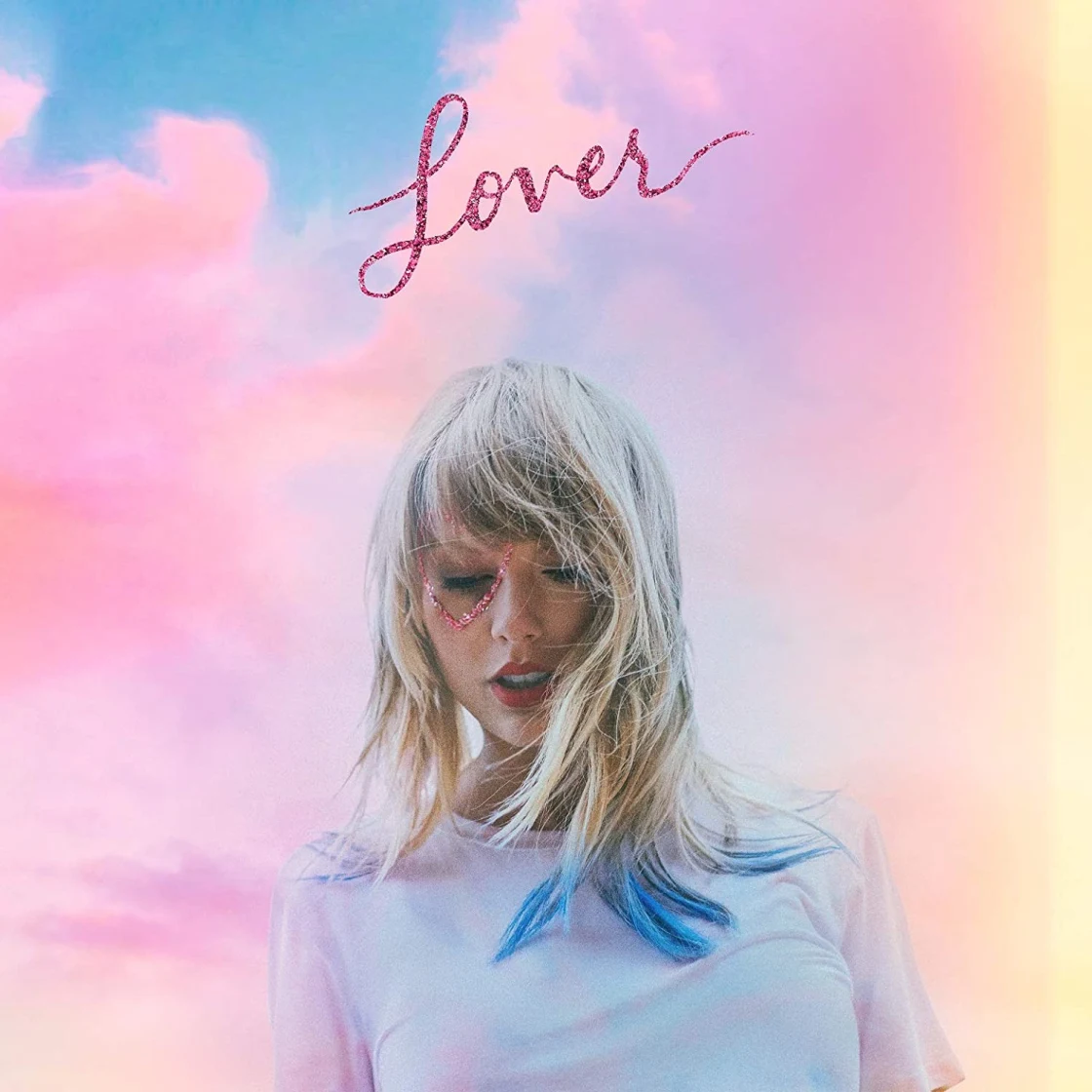
If you’ve been to any department store in the last three years or so, you’ve probably heard the song “ME!”, featuring Brendon Urie and Swift’s first single off the album “Lover.”
Although this song didn’t quite accurately represent the romantic nature of the album, the visuals definitely aligned. “Lover” was a time of bright colors and dreamy visuals.
On the cover of the album, Swift is sporting blue ombré-d hair in front of a swirling background of colorful clouds. You can also really see Swift’s desire to color the world of “Lover” in the music video for the тιтular track on the album.
For visual proof of this larger-than-life rainbow aesthetic, fans can look to her “Lover” performance on “Saturday Night Live” in 2019, or her performance at the 2019 Billboard Music Awards.
‘Reputation’ (2017)
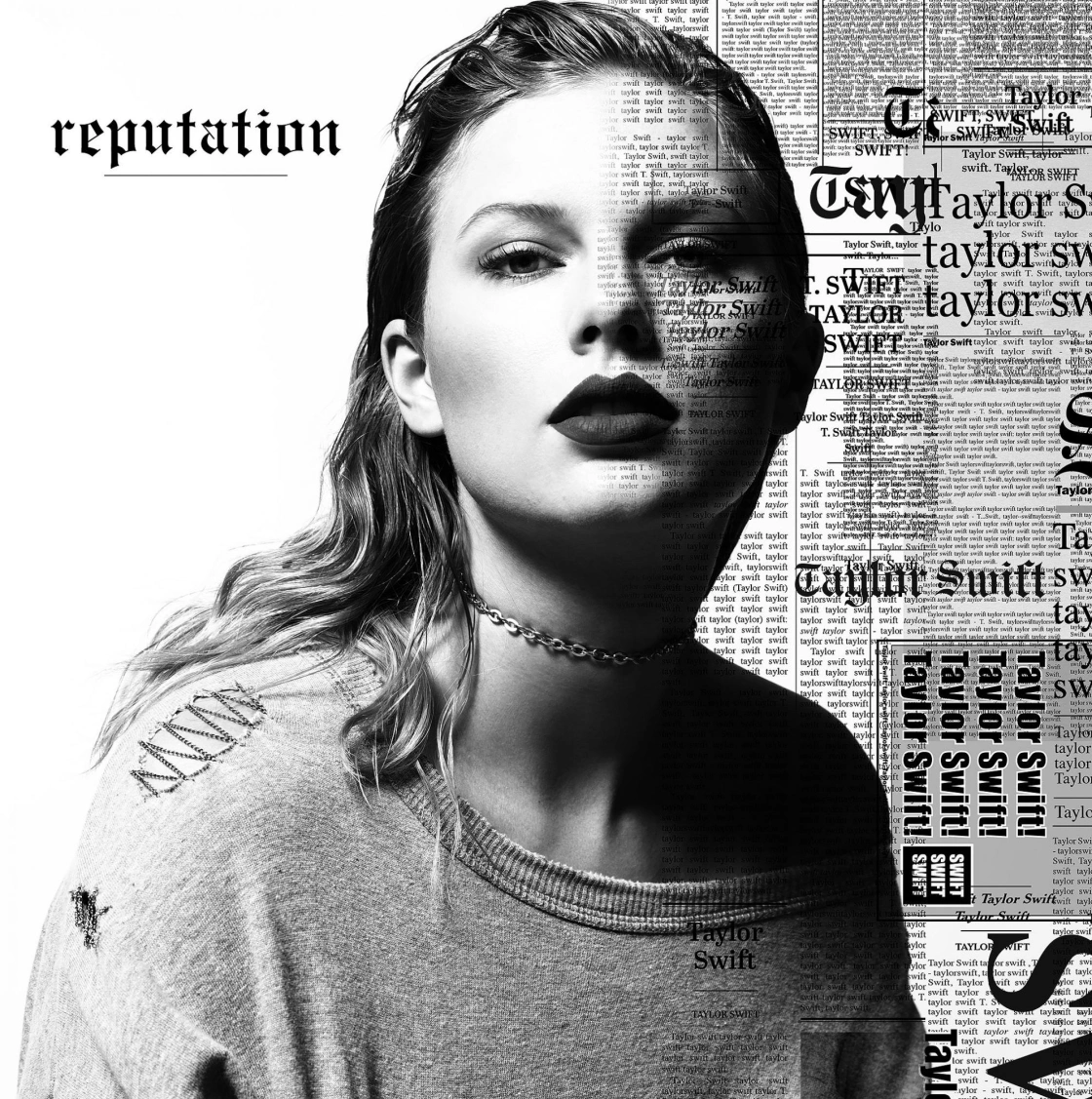
With the release of “Reputation” in 2017, Swift shifted her vibe from “America’s musical sweetheart” to “don’t f— with me” — and all it took was a wardrobe change.


